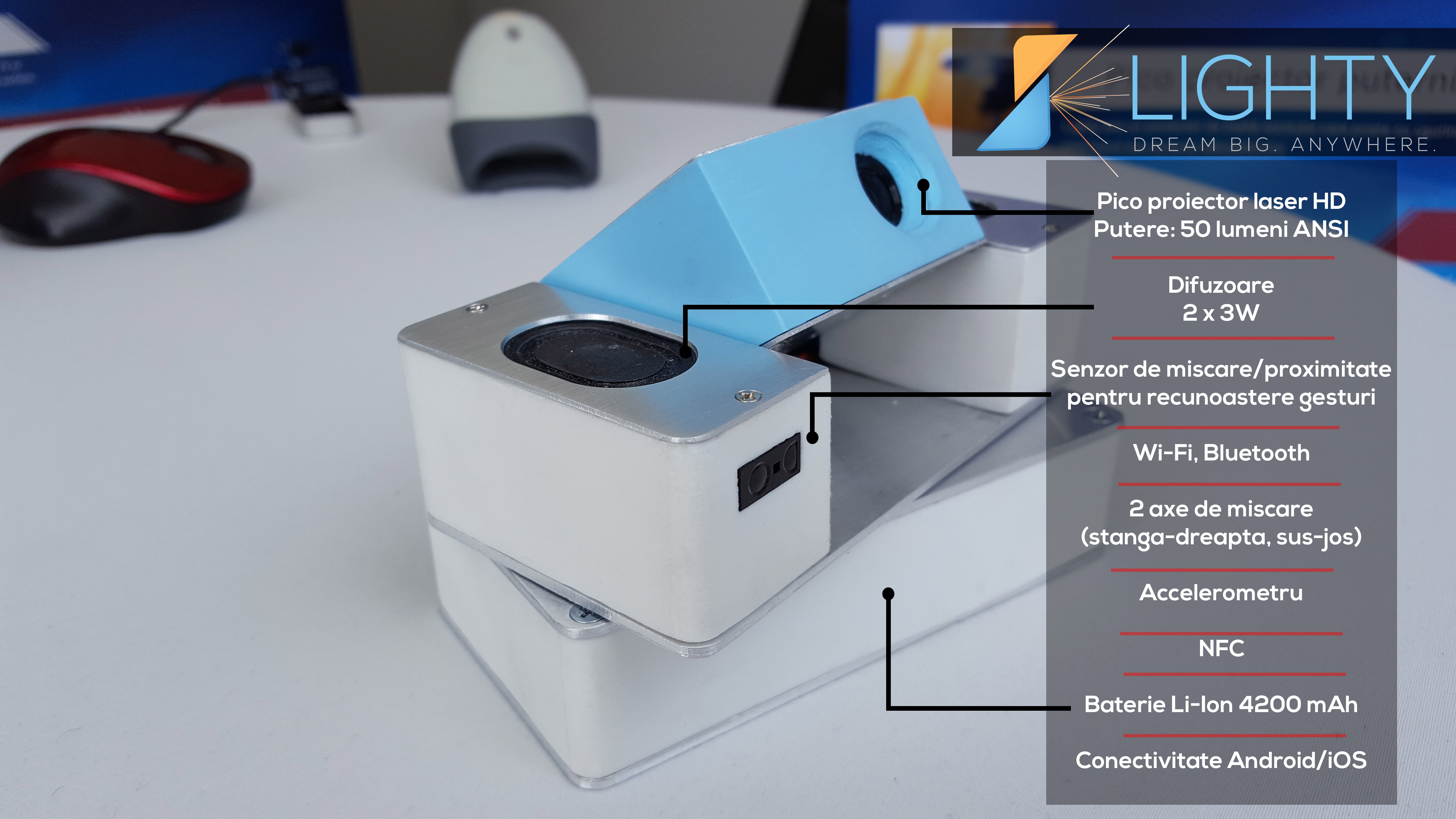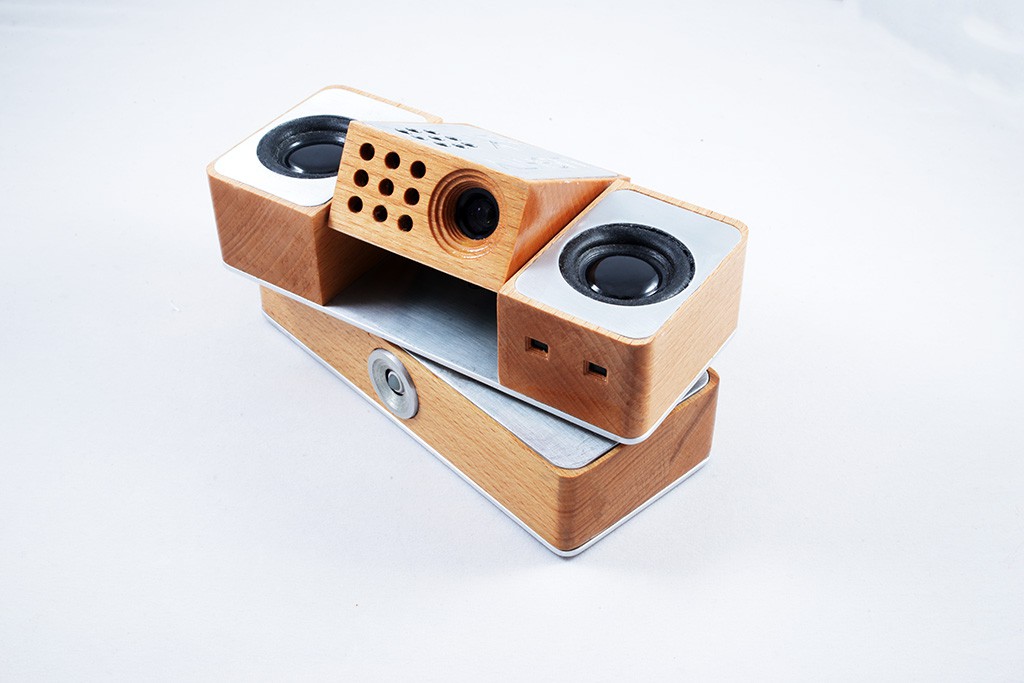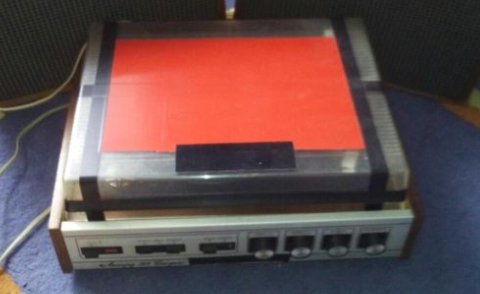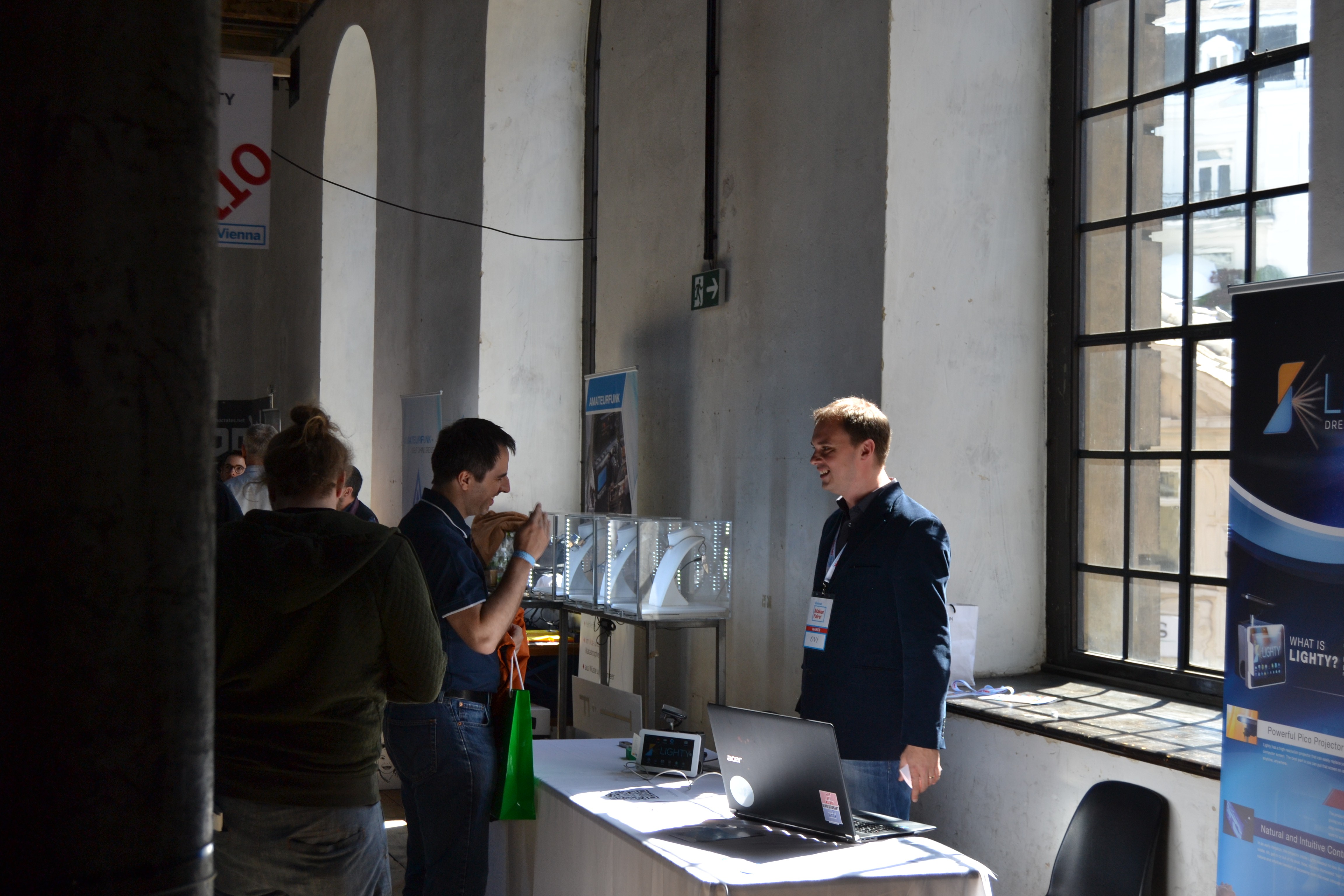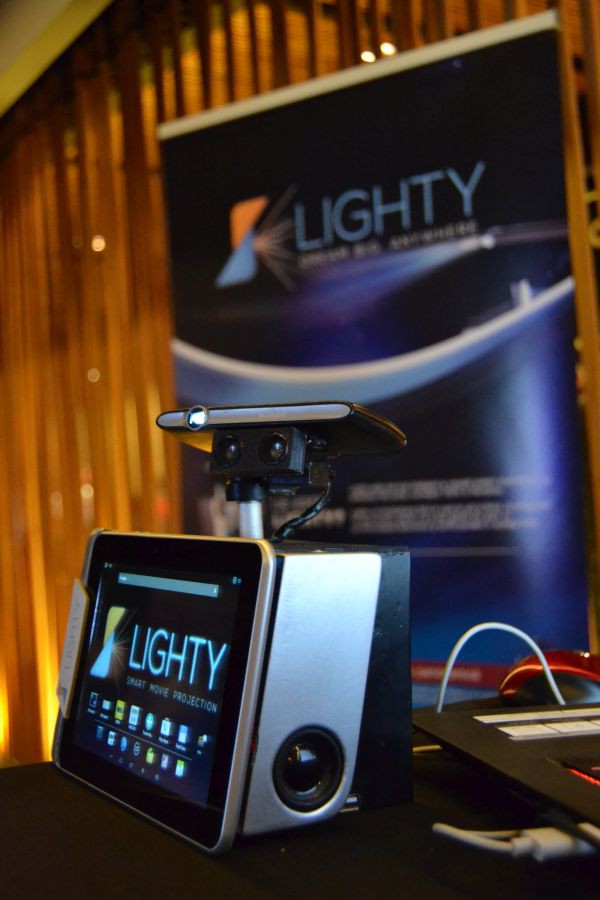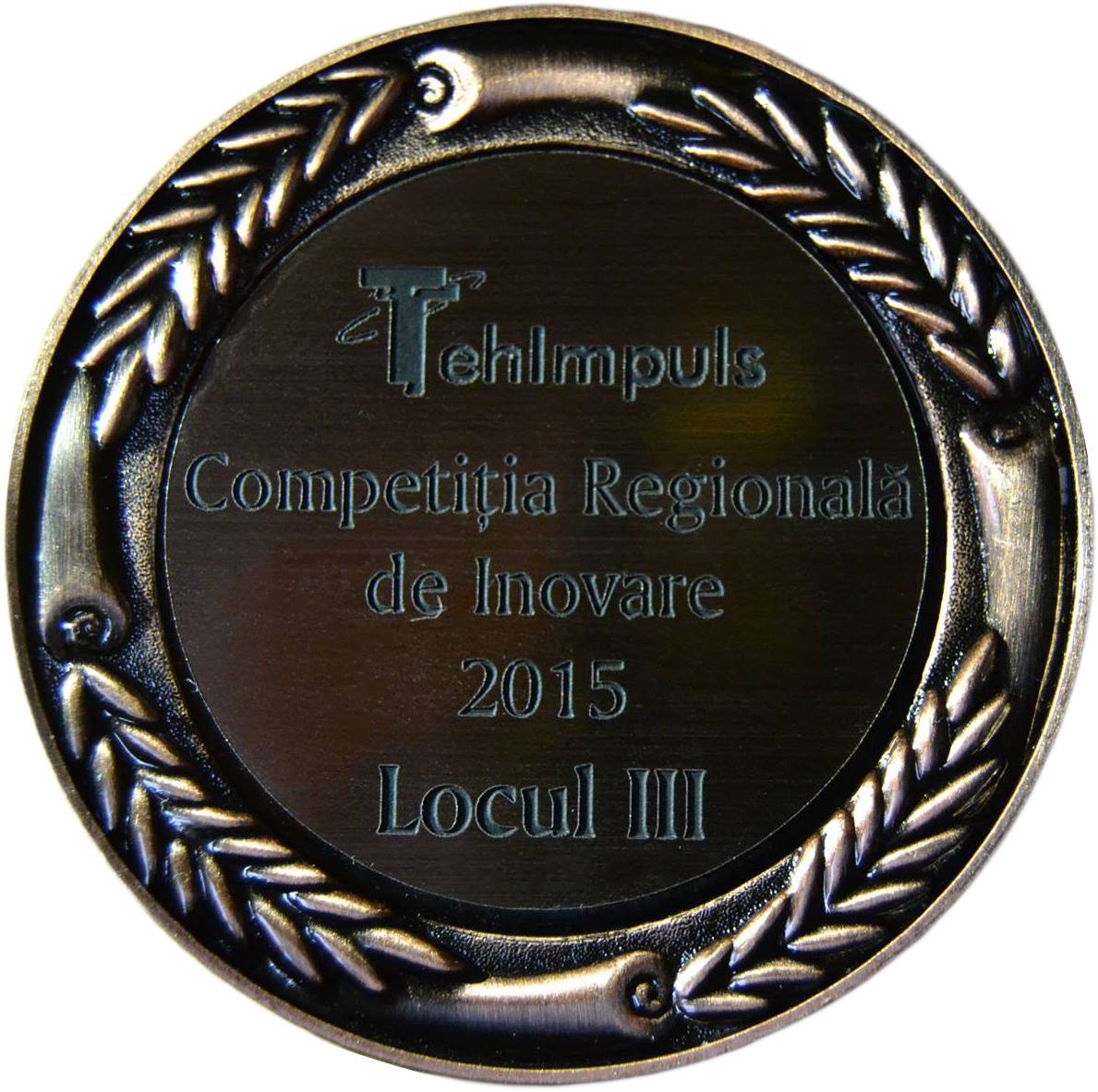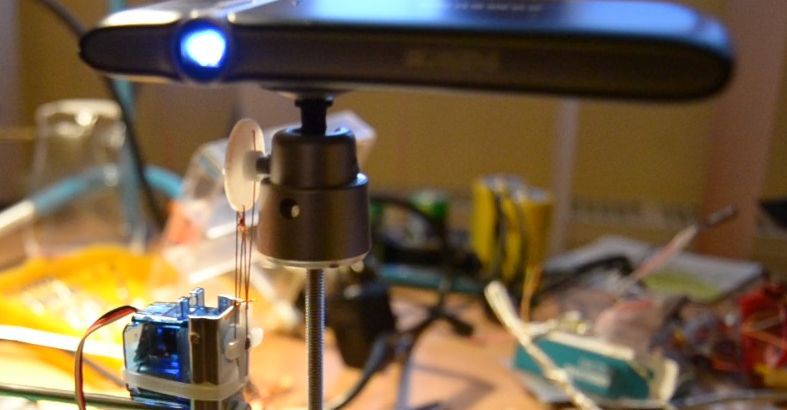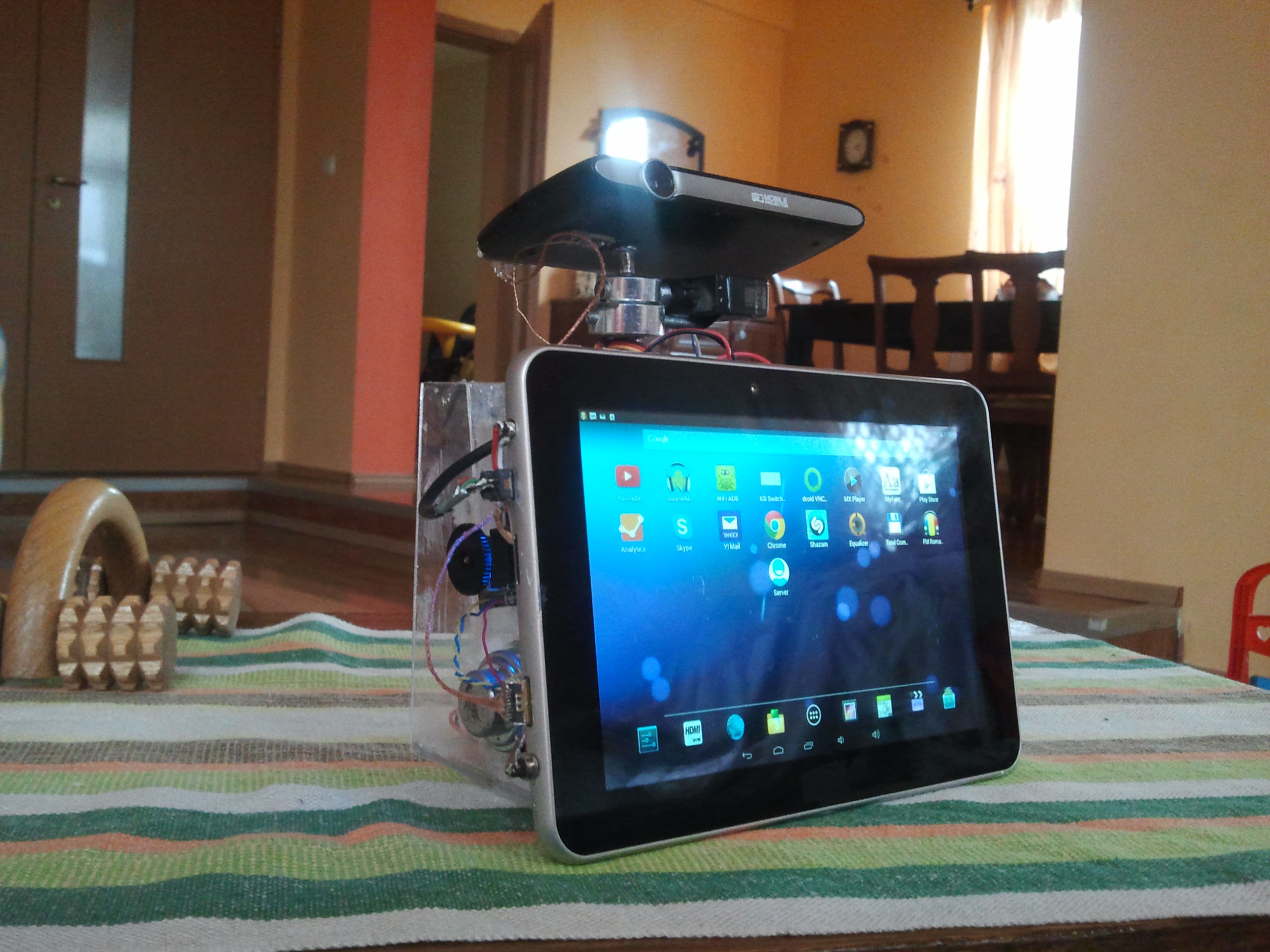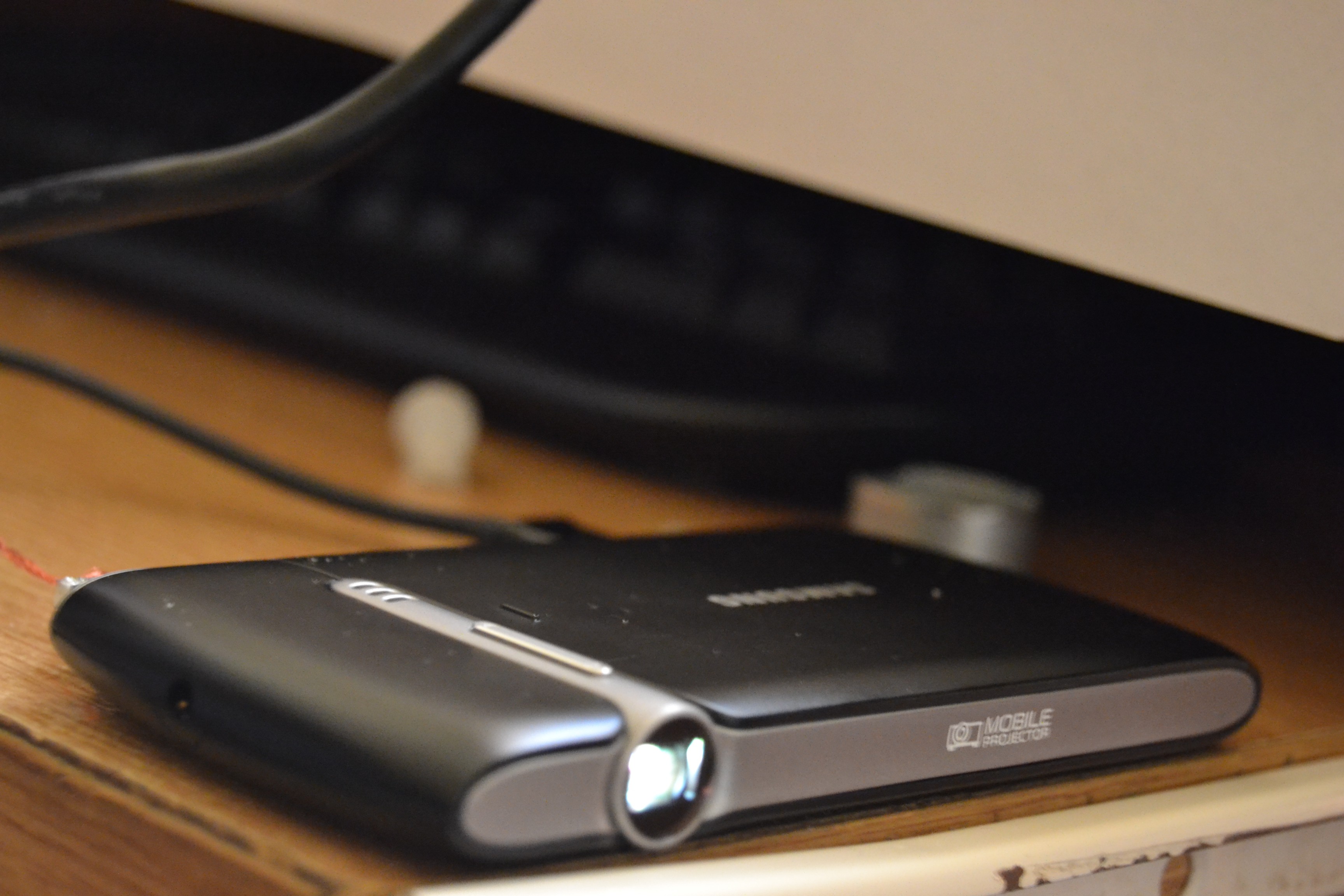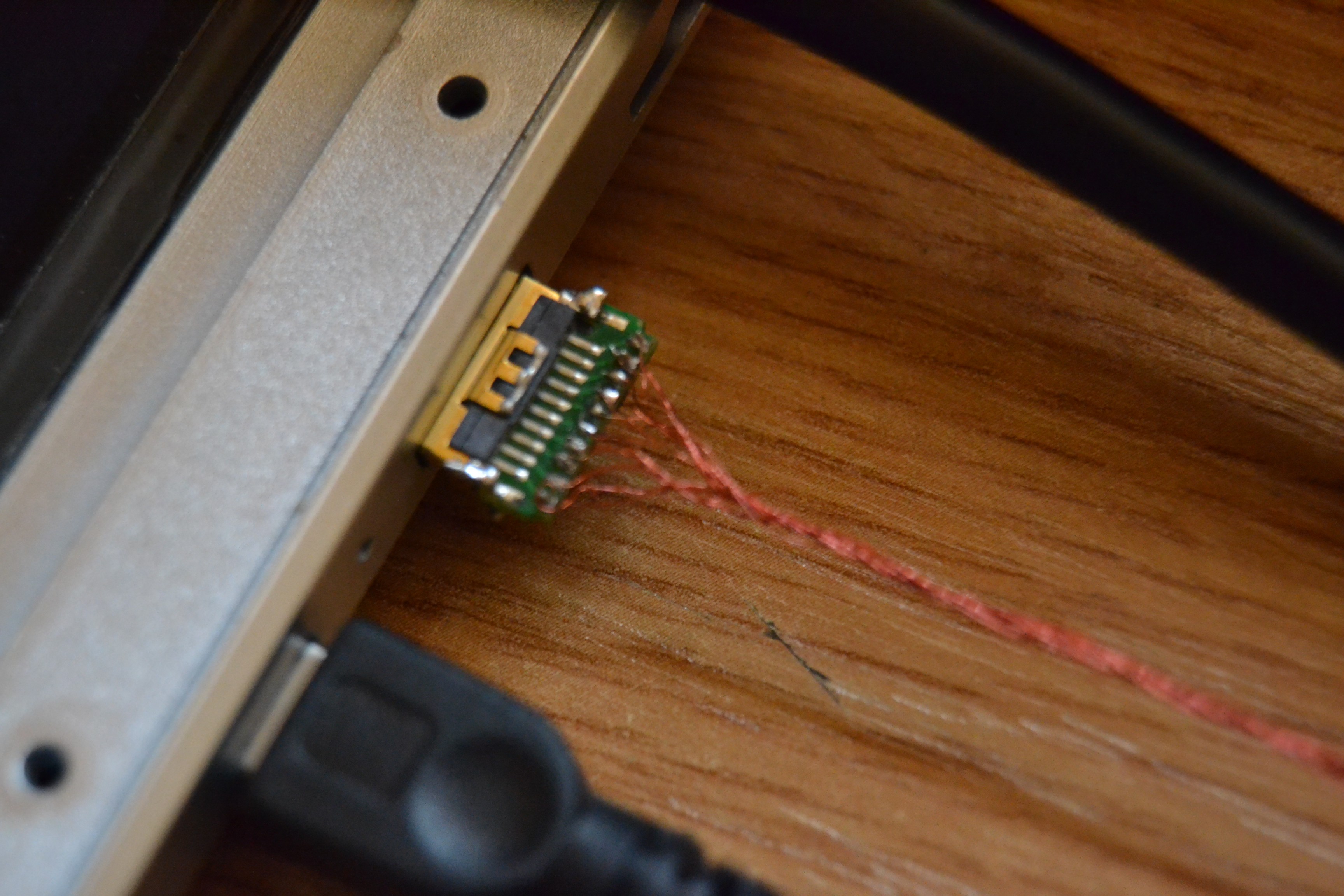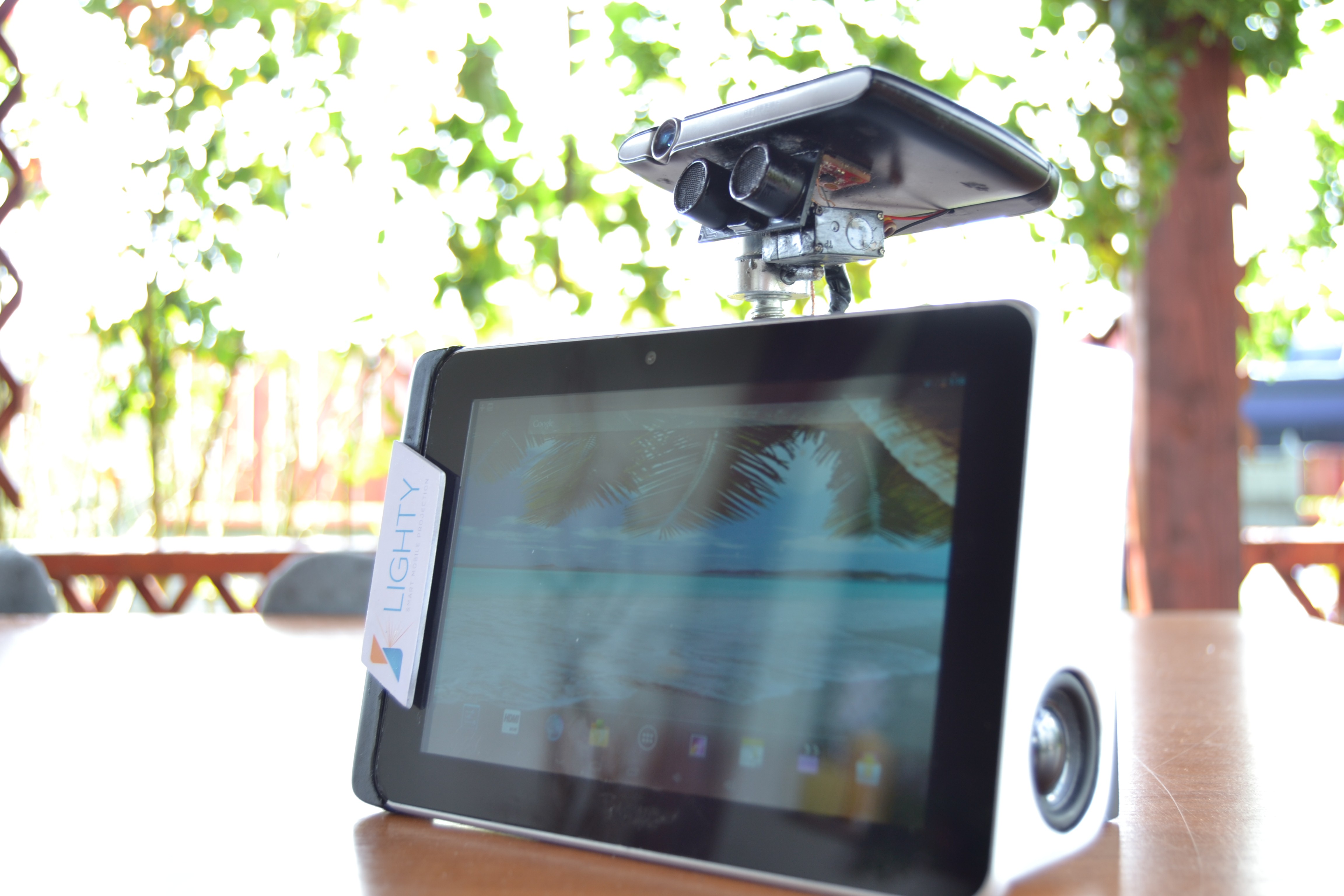-
Long development
07/23/2017 at 20:23 • 2 commentsSome people say they do things fast, they look like they're first time winners, everything succeeds from the first trial. I'm not like that. I develop things through successive iterations until they turn out the way I want.
Actually, I don't think people succeed the first time.
There are currently several issues with hardware and software that I have resolved. Lighty now has its own PCB with parts, not modules, it has its own wood-milled case, not something generic and its own original design. It's a far run from the first iteration, from that plexiglass prototype.
Active development right now for Lighty is in the field of hand tracking, Android app and fixing reliability issues associated with rotation and the transmission of data between the two levels (top and bottom).
It can be done with a slip ring but there are high currents involved and a 5cm diameter slip ring is not enough for both power and signals. Future iterations will focus more on this issue and will have infinite rotation around the axis, using a stepper motor.
There are the Indiegogo backers and seem discontent with the long wait I've been putting them through, but that's the way things evolve - they take time, otherwise they come out buggy and I think that's something nobody wants.
-
June 2016 - The New Lighty
07/23/2017 at 16:21 • 0 comments
This was going to be the New Lighty (or, Lighty v1.2.4 internally).
As I said in an earlier log, building a product for mass production and competitive price is not easy. Working on it alone and with few resources, dealing with the inner workings of a company, designing mechanics, software, electronics, putting them all together - this is not an easy task.
In April 2016 we started an Indiegogo campaign that only had 7 backers. Having wanted to produce the device, I did not quit, despite the low number of orders. With the money I had from the campaign I bought projectors and more tooling for making Lighty real, just like I had promised.
However, issues started: I had to find proper speakers, didn't know the materials that the case would be made of (that's a 3D printed case in the picture). Nobody would make a mould for just a few pieces, so I had to use a material that looked good and was technically feasible.
That material was wood.
Here's the new and current form of Lighty.
Now, Lighty has a trackball that you can use to move the "touret" left and right and the projector up and down.
Two I2C laser sensors (VL53L0X) were used to track hand movement and follow it, and two 3W speakers+bass membranes below them actually sounded pretty good.
This was a more simplified version of Lighty, just because a lot of people said they didn't need an extra tablet or screen in their home, and they were mostly right. We all have phones and tablets, so connecting to the projector wirelessly made a lot of sense. Moreover, the overall design was cheaper to make (still expensive at this point) and was a lot more compact. When you hold Lighty in your hand, it gives the impression of something that's there - not too plasticky, nor too classic.
Aluminum reminds me of that old turntable I had around when I was a kid - a very nice design of wood and aluminum - actually that's where I subconsciously took my inspiration from.
The new Lighty is amazing.
-
November 2015 - May 2016 - Competitions and shows
07/23/2017 at 16:04 • 0 commentsLighty was been selected to attend the 2015 Startup Spotlight in Bucharest and the 2016 Vienna Maker Faire. Our booths (more of a table, actually) had been crowded with people that were very curious of the new device they hadn't seen elsewhere.

We also attended Bucharest Tech Week, where Lighty was a special invite - they asked us if we wanted to attend for free, although for other participants the tax was some $1,400.
By this time the New Lighty was ready for showtime.
-
October 2015 - Lighty gets awarded
07/23/2017 at 15:37 • 0 commentsBecause I had an issue with getting myself filmed and the time it took to learn how to make movies properly, the crowdfunding had been delayed and with it the whole Lighty project. Meanwhile, we used it to watch movies almost every evening. The entire setup had stood up the test of time. Over one year of continuous usage as an Internet radio during the day and bedtime projector in the evening, with countless hours of tinkering, improving the design, playing (our little girl used it the most) - all of these said this was a good design.
My friend Radu Motisan then suggested we should attend a local innovation contest that was going on at the time in Timisoara. I went there, people were impressed and I got a $12,000 prize destined to help bring Lighty to the market.
Then came the real work: I founded a company - Lighty Electronics and started to acquire a CNC, a 3D printer, various materials and modules for testing various possibilities.
I had still wished for Lighty to be the way I first designed it: with a tablet, sensors and everything. But building a prototype was easy - making it feasible for series production and making it price competitive was a tough fight.
-
October 2014 - Getting ready for crowdfunding
07/23/2017 at 15:25 • 0 commentsThe first finished Lighty prototype could do a lot of things beside rotating and tilting the projector.
It had proximity detection, automatic focus and gesture recognition. For example, when the user put his hand in front of the projector, it would automatically turn off. If you put your hand once again, it would turn on.
Lighty had an accelerometer, so when placed on a tilted surface, it would move the carriage and projector until the image would be perfectly horizontal.
It could be controlled from an Android smartphone and would use the phone's accelerometer to position the projector. The chain was something like: phone->wifi router->tablet->arduino->motors.
Now it was time to the the whole thing a step further. I started doing a video with all sorts of scenarios where Lighty could be used, borrowed a DSLR camera and learned what I truly didn't like.
A teaser came out first, and later in 2015 a full 4 minute movie:
This was Lighty at its best. The entire concept/prototype/video had been made by me, and I was proud of it. I was one step away from crowdfunding.
-
March 2013 - first Lighty prototype
07/23/2017 at 14:53 • 0 commentsOut of plexiglass, sandpaper, superglue, an Arduino and some wires, I started working on the first idea of what would later be called Lighty.
This was the first tilting mechanism I tried to build. I had just discovered servos, had no previous experience with Arduino, but excited that I could build and invent something. This contraption used scavaged materials and I can't believe I actually used sewing wires to tilt it with an IR remote control.


Lighty would have a tablet, would tilt, rotate and have an ultrasound sensor for gesture controls.
I designed an HDMI cable that was only 1.5mm thick, out of enameled wire, because I couldn't find HDMI cables that were thin enough for my needs. At the time there were also no wireless Android projectors on the market, so I had to rely on a Samsung EAD-R10 made in 2012 that cost about $250.
Eventually, this came out after a couple of months:
It could play movies, games, online radio and most important of all: it could bring big images on our bedroom ceiling.
The first night I tested it I was so excited to have it knowing nobody else has this but me. That was the day I decided I should manufacture more of these. But it was just the beginning and I knew nothing of what was going to happen and how it was going to change my life.
Lighty - world's first robotic pico projector
Lighty is a 4DOF mobile robot whose aim is to empower pico projectors. Before Lighty, setting up a movie was really difficult.
 Ovidiu Sandru
Ovidiu Sandru